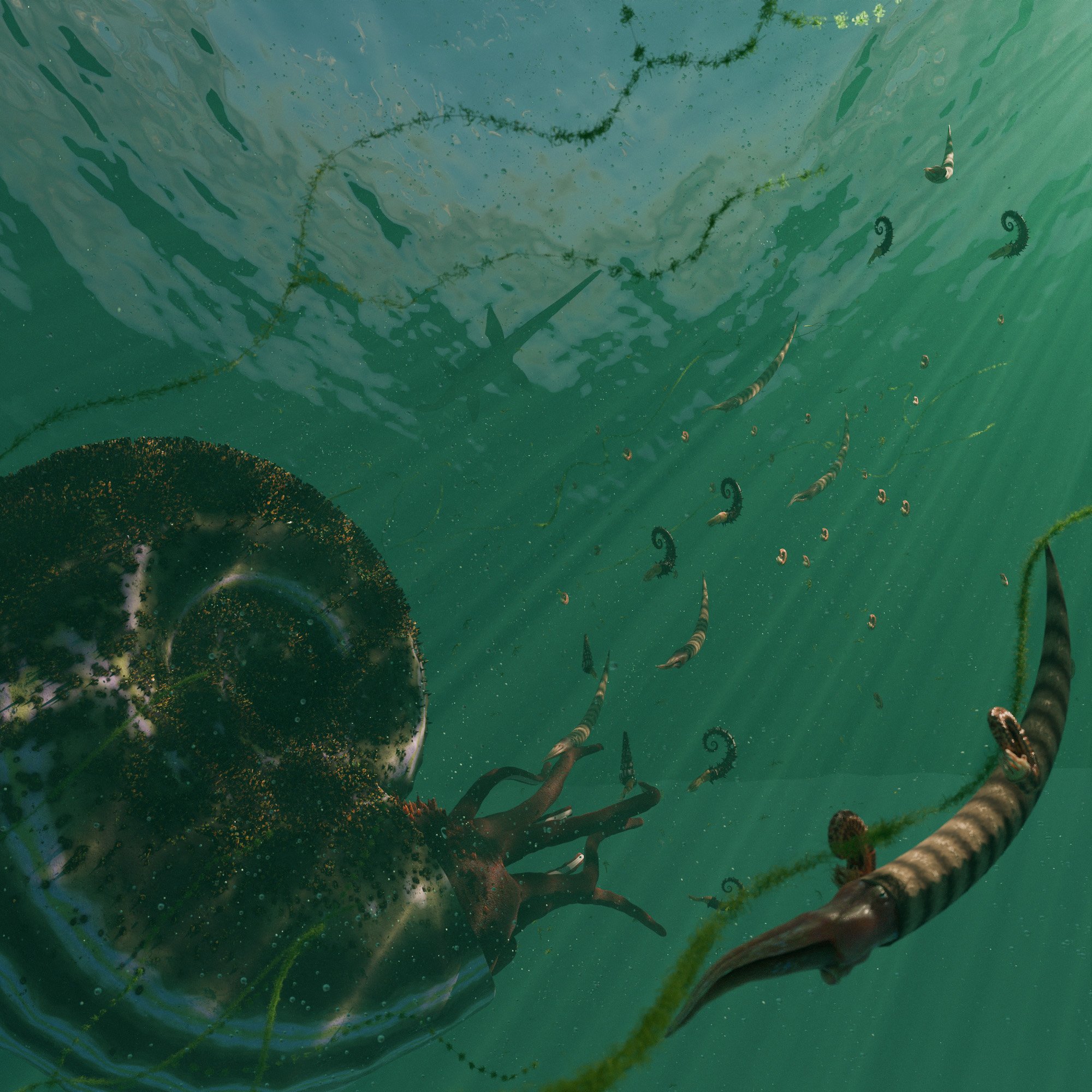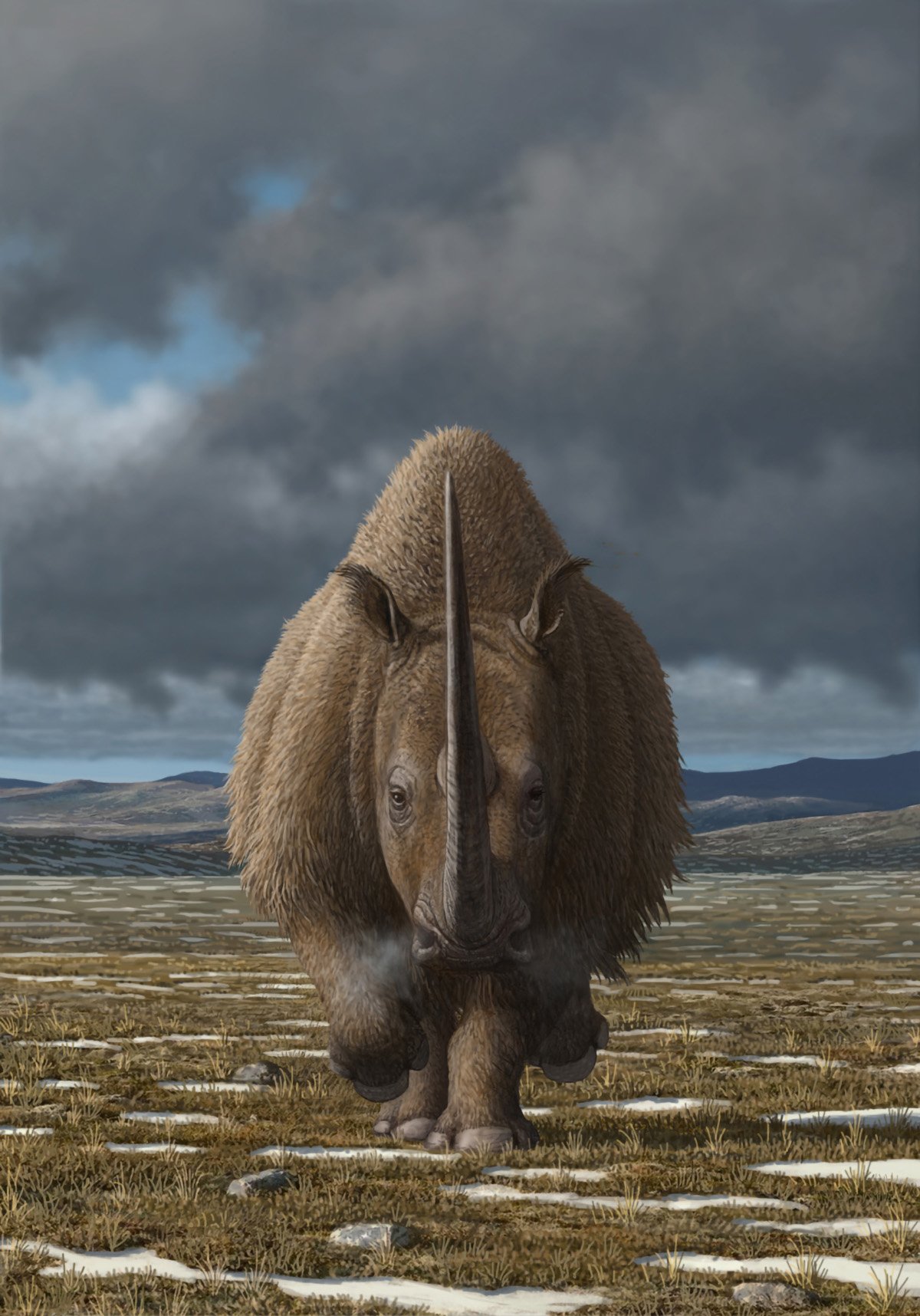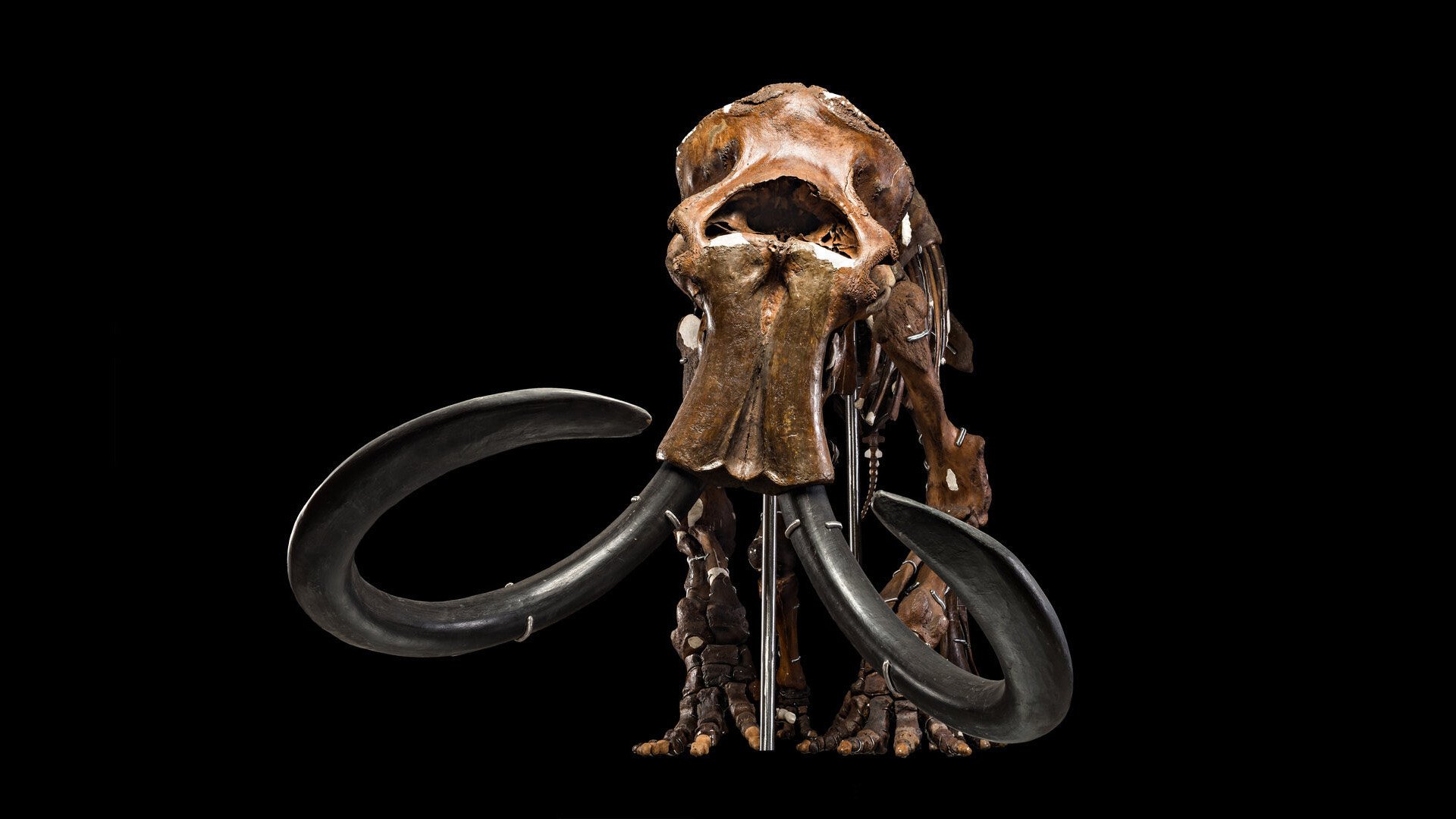Paleontological mystery: New study reveals ammonites thrived until their sudden extinction
A new study challenges the view that ammonites declined before their extinction 66 million years ago, showing instead that they remained globally diverse and robust. The research highlights that their extinction was influenced by a range of geographic and environmental factors, rather than an inevitable outcome. Ammonites bask in the Late Cretaceous sun. Credit: Artwork … Read more






